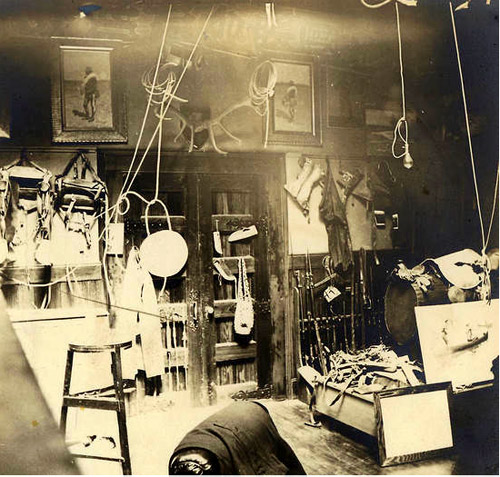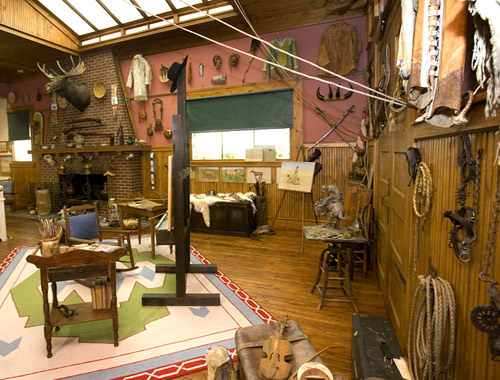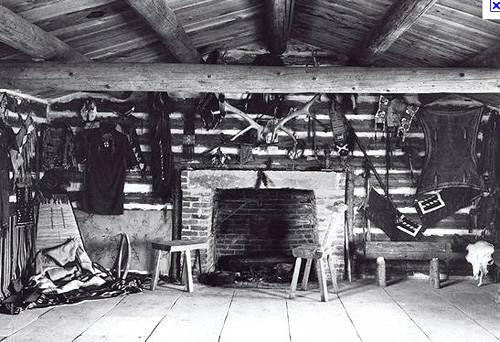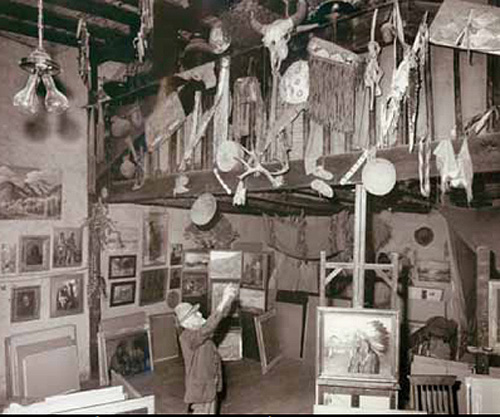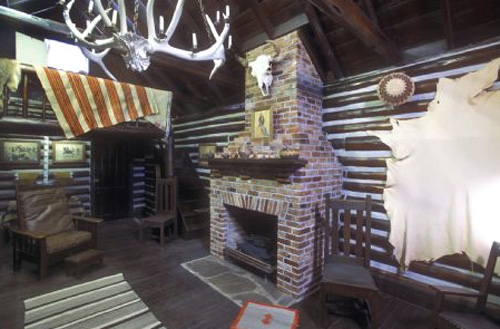Painting of the Day, November 30, 2011
 Wednesday, November 30, 2011 at 7:56PM Tweet
Wednesday, November 30, 2011 at 7:56PM Tweet By Donna Poulton
"I paint barns and rural life, not because it may have been or is in vogue, but because my twenty years as a farmer provide me with an essential and intimate knowledge of my subject matter...." –Dale Nichols
Dale Nichols is often thought of as the fourth Regionalist artist after the triumvirate of Grant Wood, Thomas Hart Benton and John Steuart Curry. He was raised in Nebraska and spent much of his life painting the rural agrarian life he was familiar with. His work has received renewed attention with a traveling exhibition organized by the Bone Creek Museum in David City, Nebraska, Nichols home town.
 Credit: Coeur D’Alene Auction
Credit: Coeur D’Alene Auction
Dale W. Nichols (1904-1995), Trail Drive, 1950, oil on board, 20 x 30 in.






